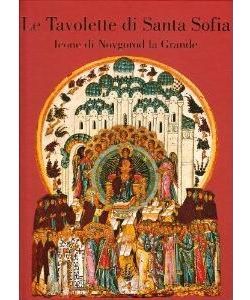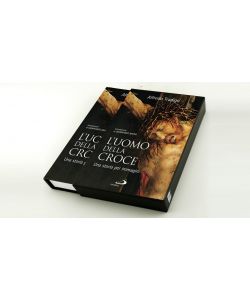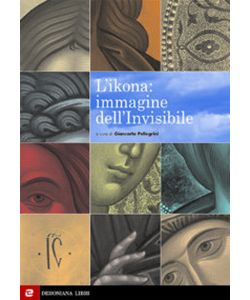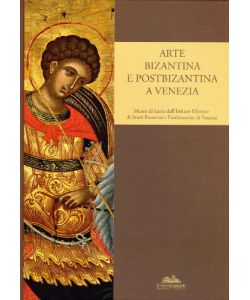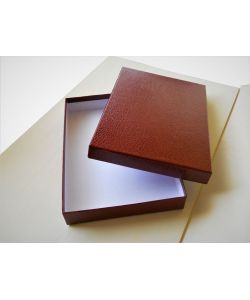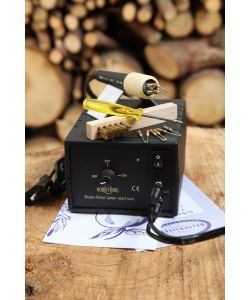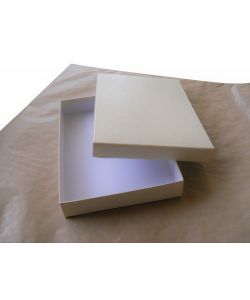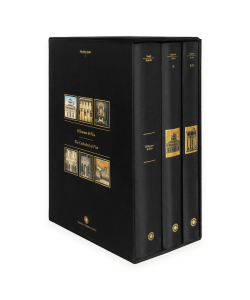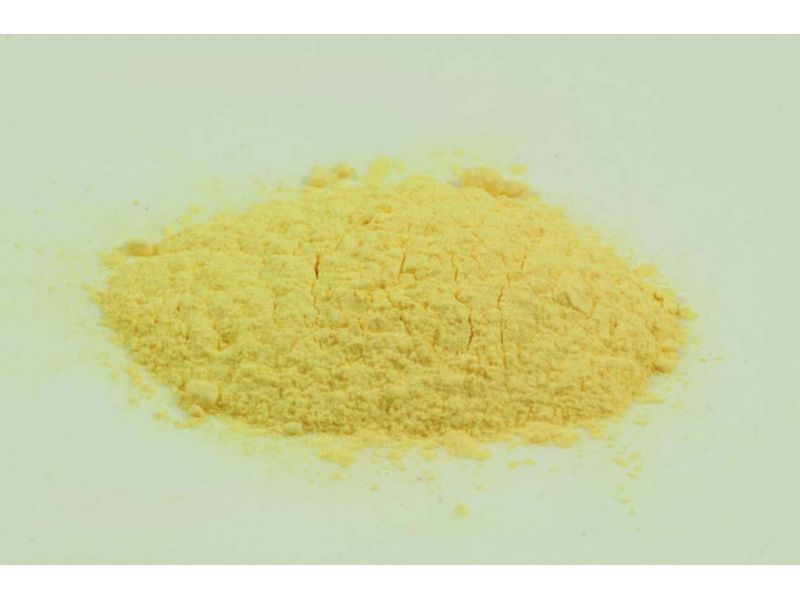

Litargirio, massicot, Kremer pigment
Yellow-orange artificial pigment (C.I. 77577), poisonous, not very intense in color: it is a lead oxide coming from the oxidation of the metal in the presence of air: keeping in mind the melting point of lead at 327° C, the massicot this is determined first, the litharge at around 400° C, the red lead at 480° C. The calcination process determines the various shades ranging from lemon yellow to peach yellow to greenish yellow. It is an anti-rust agent.
According to Pliny (1st century AD) it would have been discovered by chance after the fire of Piraeus, with the discovery of burnt cerussa inside vases which had transformed into massicot. The first to use it seems to have been Nicias. Cennino Cennini (end of the 14th century) describes its manufacture in the artistic field, given that painters soon noticed its instability and the tendency to turn white again in a short time, particularly in tempera techniques.
Contains lead. Toxic. Do not use for painting objects that could be licked or chewed by children.
It is suitable for oil paints.
| MASSICOT LITHARGE Kremer pigment gr.10 | Stock: 5 - COD. CA0011 | |||
| € 4,00 |

|
|||
| MASSICOT LITHARGE Kremer pigment gr.50 | Stock: 2 - COD. CA0012 | |||
| € 12,00 |

|
|||
